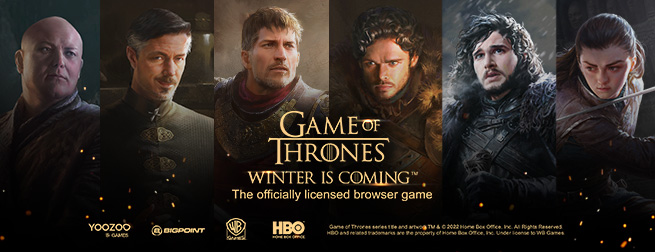-

159 -

83 -

3670 -

3098
7381 plików
100,39 GB
 Foldery
Foldery Ostatnio pobierane pliki
Ostatnio pobierane pliki
- sortuj według:
- 139 KB
- 16 gru 11 2:49
zachomikowany
- 180 KB
- 16 gru 11 2:49
zachomikowany
- 2,4 MB
- 16 gru 11 2:49
zachomikowany
- 32 KB
- 16 gru 11 2:49
zachomikowany
- 4,6 MB
- 16 gru 11 2:49
zachomikowany
- 182 KB
- 16 gru 11 2:49
zachomikowany
- 27,9 MB
- 16 gru 11 2:49
zachomikowany
- 117 KB
- 16 gru 11 2:49
zachomikowany
- 31,3 MB
- 16 gru 11 2:49
zachomikowany
- 247 KB
- 16 gru 11 2:49
zachomikowany
- 18,1 MB
- 16 gru 11 2:49
zachomikowany
- 184 KB
- 16 gru 11 2:49
zachomikowany
- 1,8 MB
- 16 gru 11 2:49
zachomikowany
- 489 KB
- 16 gru 11 2:49
zachomikowany
- 4,5 MB
- 16 gru 11 2:49
zachomikowany
- 210 KB
- 16 gru 11 2:49
zachomikowany
- 2,2 MB
- 16 gru 11 2:49
zachomikowany
- 241 KB
- 16 gru 11 2:49
zachomikowany
- 41 KB
- 16 gru 11 2:49
zachomikowany
- 20,1 MB
- 16 gru 11 2:49
zachomikowany
- 293 KB
- 16 gru 11 2:49
zachomikowany
- 17,7 MB
- 16 gru 11 2:49
zachomikowany
- 208 KB
- 16 gru 11 2:49
zachomikowany
- 193 KB
- 16 gru 11 2:49
zachomikowany
- 2,8 MB
- 16 gru 11 2:49
zachomikowany
- 98 KB
- 16 gru 11 2:49
zachomikowany
-

2318 -

3253 -

2 -

9
5758 plików
49,13 GB
 Chomikowe rozmowy
Chomikowe rozmowy
 Zaprzyjaźnione i polecane chomiki (8)
Zaprzyjaźnione i polecane chomiki (8)























 Pokaż wszystkie
Pokaż wszystkie Pokaż ostatnie
Pokaż ostatnie





